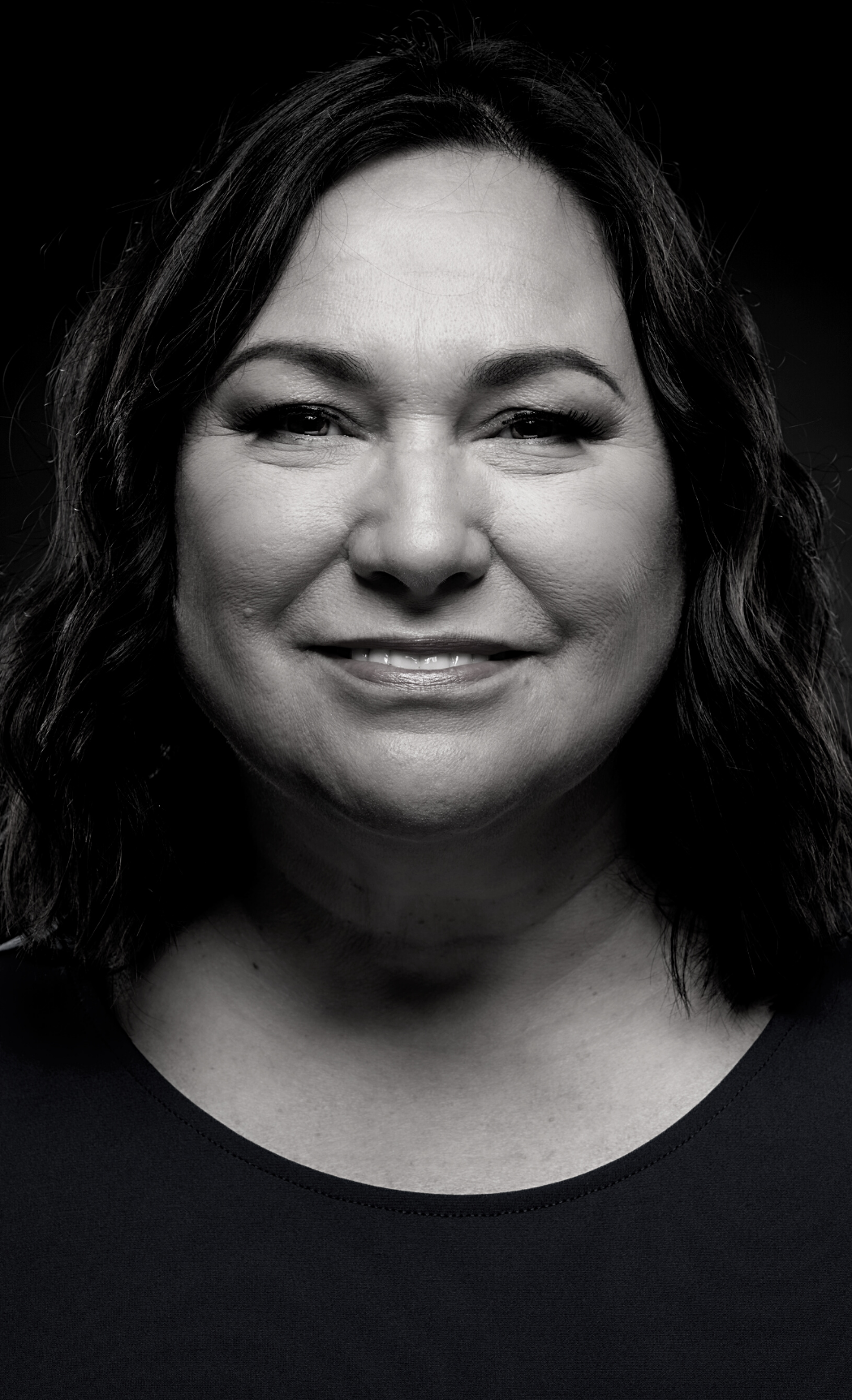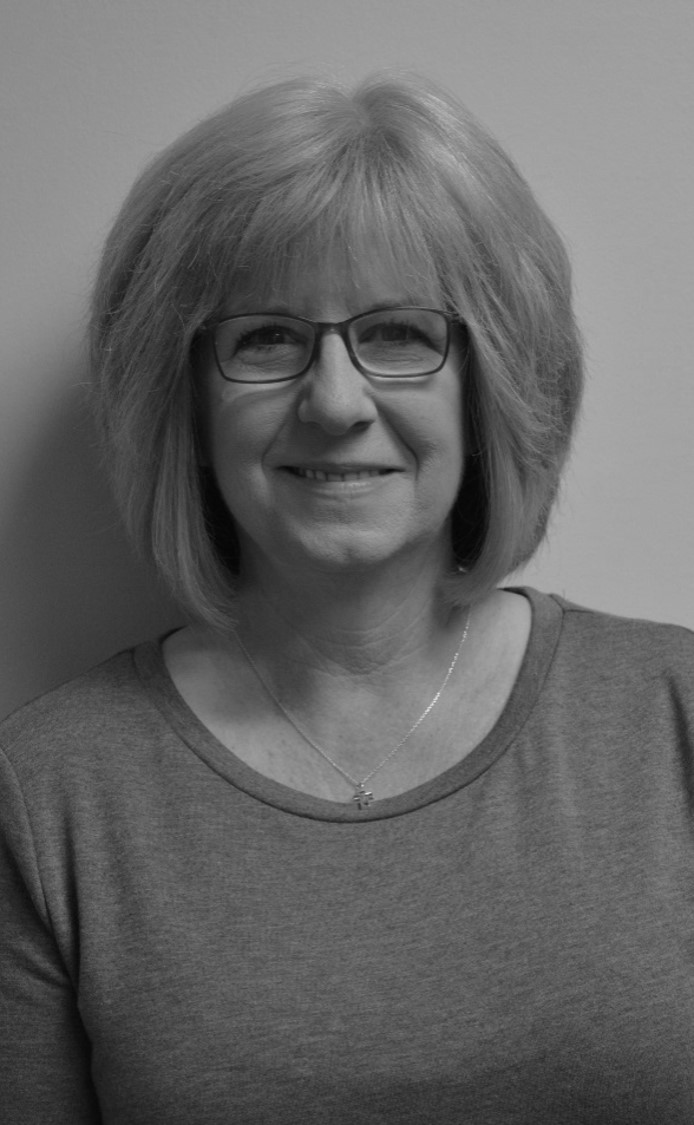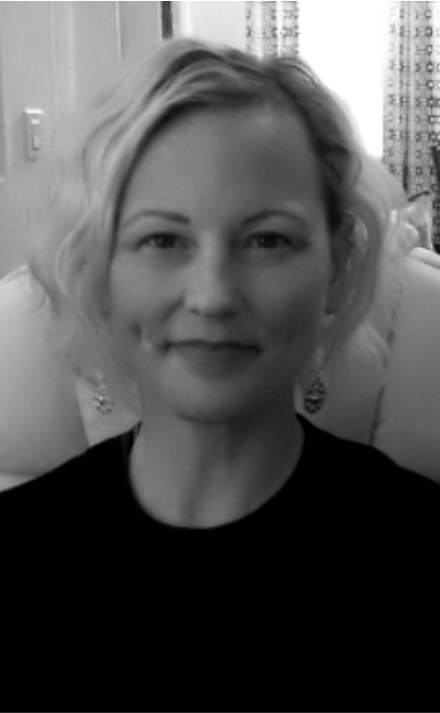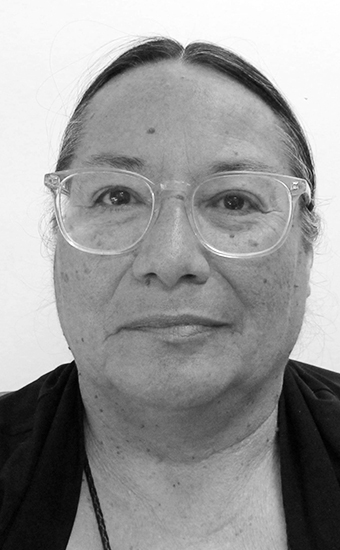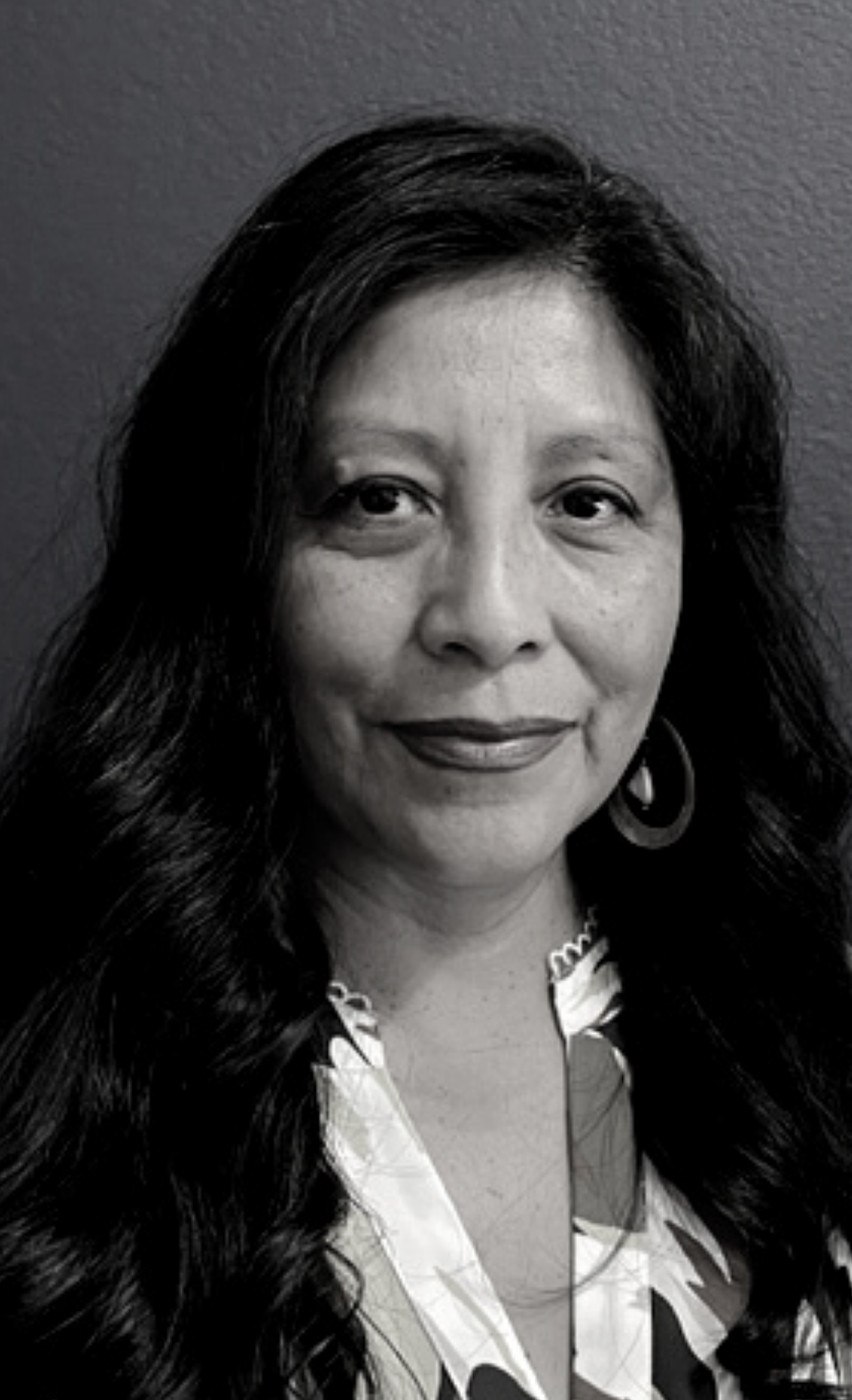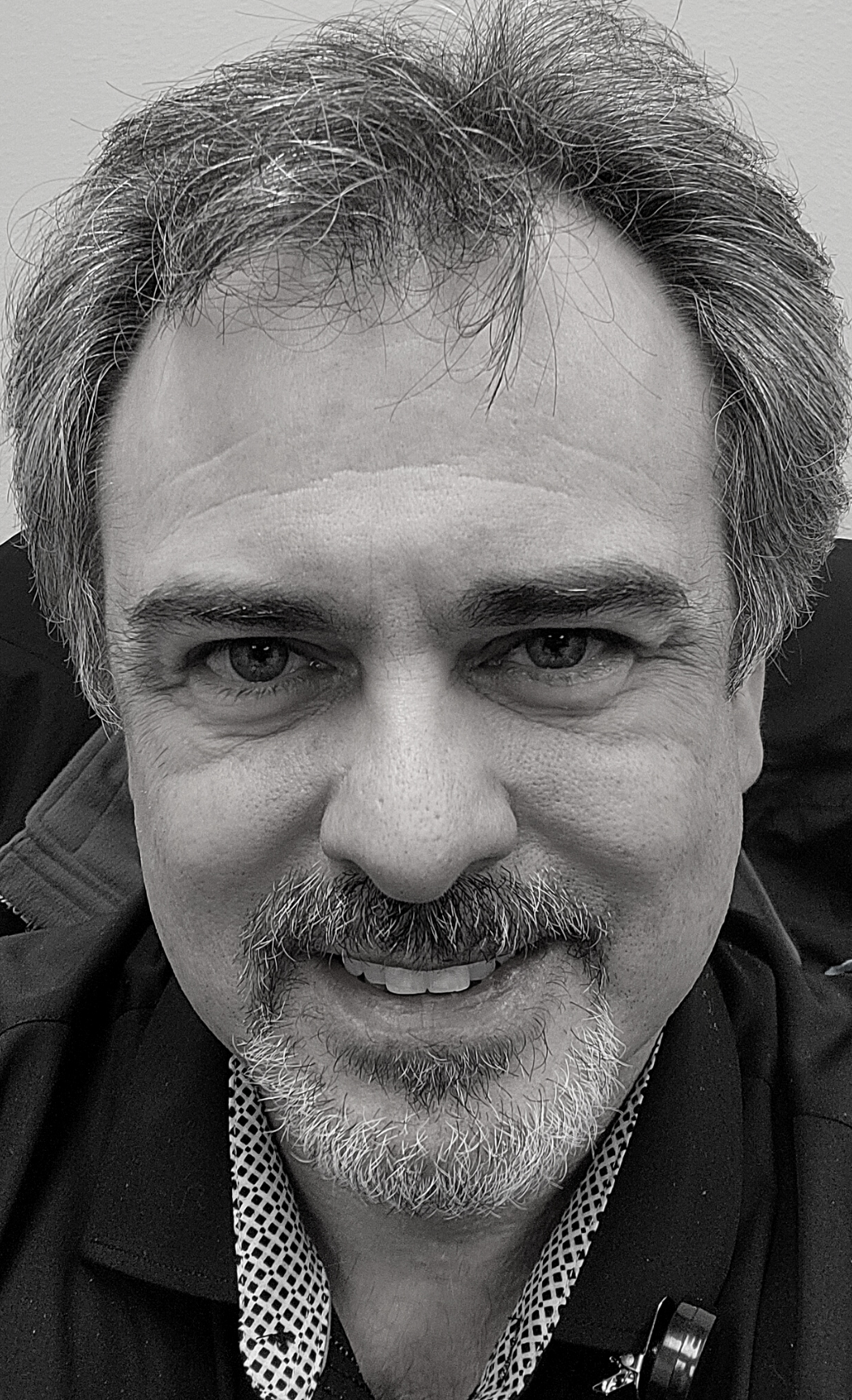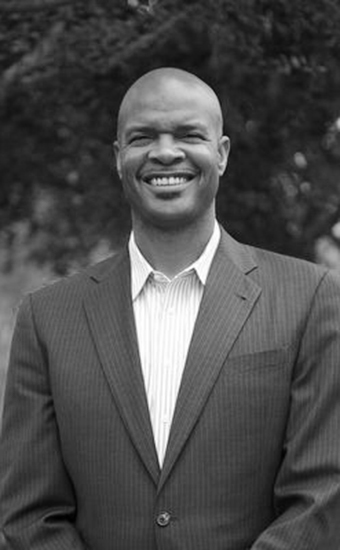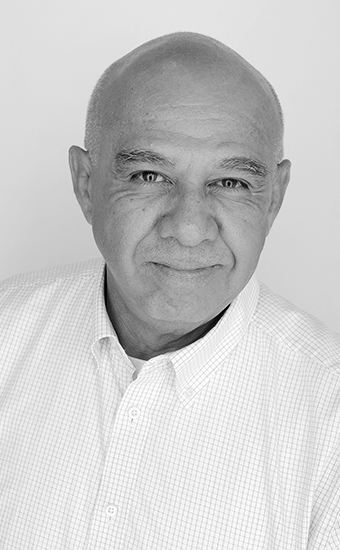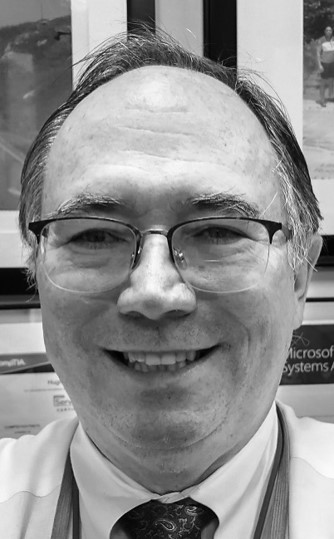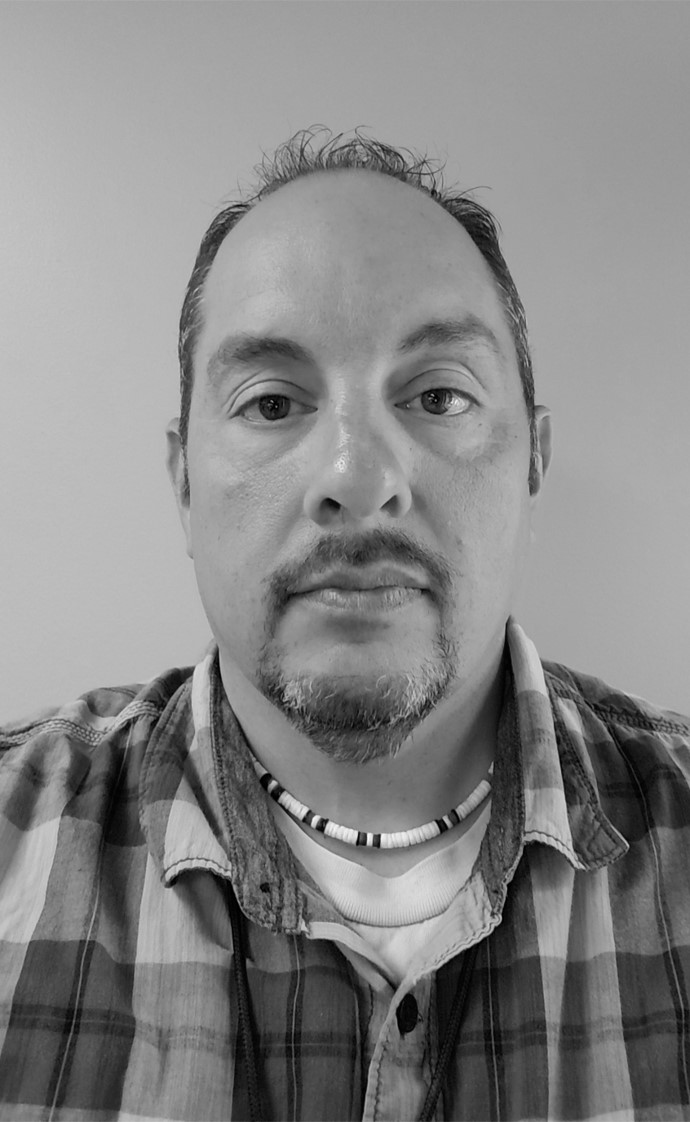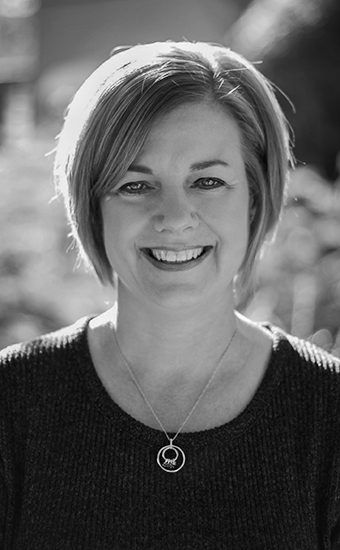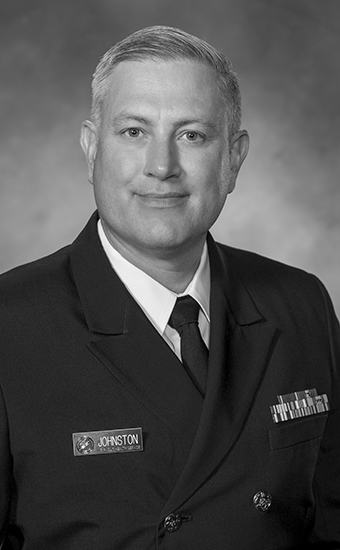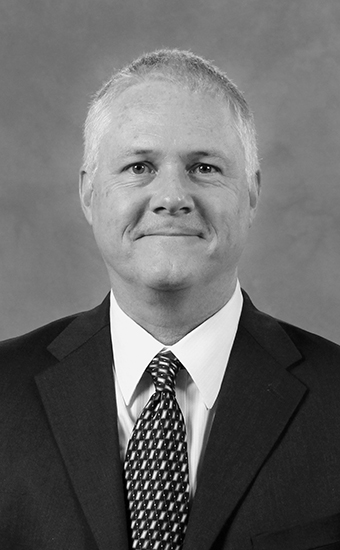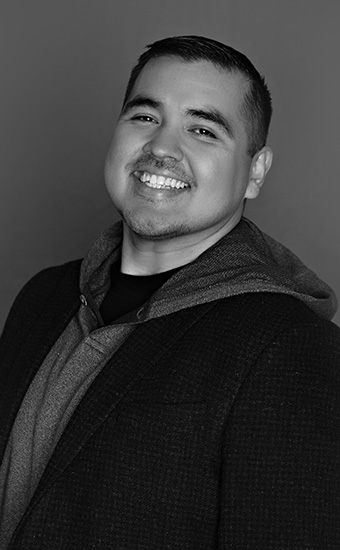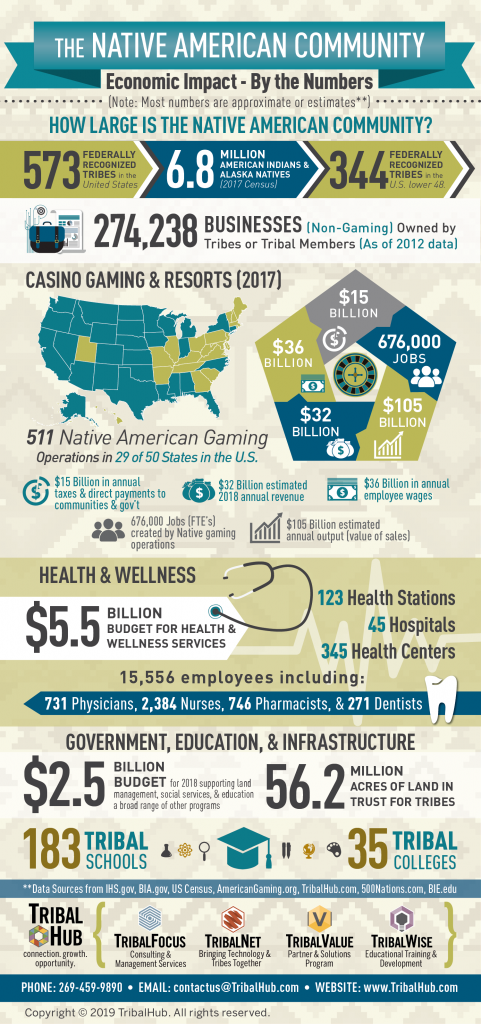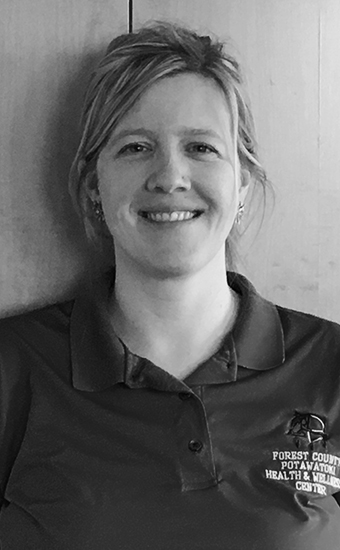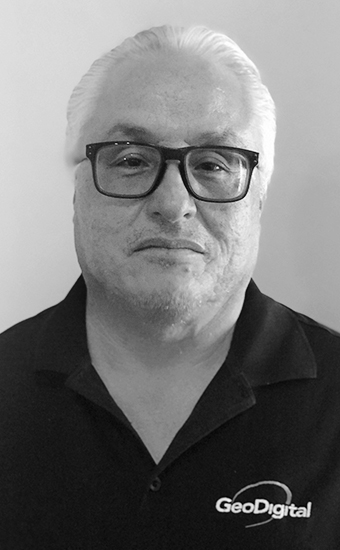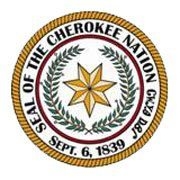
Jon James & Toni Potts
Cherokee Nation & Cherokee Nation Health Services
CIO & CAC Manager
What can you tell us about the IT structure for both the Cherokee Nation and the Health Services Division? What are some of the key projects happening in IT at the Cherokee Nation?
Jon: The Cherokee Nation is the largest Native American tribe in the United States with about 300,000 registered Cherokee citizens. The Cherokee Nation land base spreads across 14 counties in northeastern Oklahoma and the tribe employs roughly 3,800 people in its tribal complex and health centers.
The IT team providing direction and support for the Health Services division of the Cherokee Nation is separate than the IT team for the government services, which includes; Career, Commerce, Community, Education, Housing, Human Services, Natural Resources, Real Estate Services, Tag Office and Tribal Citizenship. As CIO, I report to the Cherokee Nation Secretary of State with five key managers reporting directly to me as well as a total of 65 employees in IT.
Toni: The Health IT division currently consists of about 40 positions and is led by Health Services CIO, Donnie Parish. We provide Health IT support to eight clinics across the counties and one major hospital. Other health programs offered include; EMS, Diabetes, Community Health, Cancer Prevention Program, Behavioral Health, youth and elder centers. Cherokee Nation Health Services is the largest tribally-operated health care system in the United States with more than 1 million patient visits per year.
What are some of the key projects happening in IT at the Cherokee Nation?
The main areas we have been focusing on this year relate to; project portfolio management, telecommunications and general upgrade and maintenance schedules. We’ve just been through a major workforce management and ERP upgrade with Kronos and Infor/Lawson. We are coming to the end of life for several main servers and doing major hardware replacements for data recovery and storage. We have a business case out for upgrading our TAG database which is the office and system used for tribally issued car tags and titles. Cherokee citizens living within the state of Oklahoma can register and license their vehicle through the Cherokee Nation. We maintain our own in-house enrollment system and are programming a full ancestry system. We are utilizing open source knowledge management system and will also be modifying our enrollment system for enterprise wide access. This will also be 100 percent in-house developed. We are working on a Microsoft Exchange 2013 upgrade, however with VoIP being tightly integrated with 2010 (which we are running now) adds a level of challenge but we are planning to have this upgrade complete in early 2015. We have several new construction projects, one of which is a large fiber project stretching across a major highway for new or relocated Cherokee Nation offices. We are in the process of replacing all of our wireless access points which will standardize and improve wireless network coverage across the Cherokee Nation for all of our sub offices and clinics. Although the health division is separate than the government IT division, we do work together on infrastructure projects and will be working closely on some of the items mentioned above as it impacts all of us.
What are some of the key projects happening in IT at Cherokee Nation Health Services?
Health IT places a large focus on working with clinical staff on workflow processes, as they pertain to the entries into electronic medical record and the flow of patient medical information. Improving these processes can lead to improved efficiencies and increased standardizations, which all translate to improving patient care and that’s always our main goal. We have also most recently been working on a new health patient portal that allows patients to request pharmacy refills giving more control to the patient for managing their own health care. Since 2004 we have been using electronic health records (EHR), which requires patches, upgrades and maintenance which allows us to continue to meet meaningful use requirements. Recently we have been working on ensuring the right technology is in place for the Million Hearts National Initiative launched by the Department of Health and Human Services in September 2011 to prevent 1 million heart attacks and strokes by 2017. We are proud to be part of such an impactful initiative both for our citizens and the entire United States.
What can you tell us about your involvement with industry organizations and other government entities?
The Cherokee Nation and many of its divisions are very involved with national, state and regional organizations. We make a concerted effort to be involved with groups that allow us to network and connect with others where collaborative efforts stimulate progress that may otherwise not have happened. Our health division has representation with the C4 group and Indian Health Service working groups and we have representation as a board member(s) on TribalNet, the Oklahoma Native American Technology Council and Tribal Telecom. Considering Cherokee Nation as a whole, we work with state and federal agencies in areas such as Indian Child Welfare, our vehicle tag database, housing, U.S. Marshal Service, health information exchange, regional hospitals and more.
Do you have any advice for your peers?
Toni: I would say collaboration is my buzz word. You can spark more ideas with a large group than you can on your own.
Jon: The thing I always stress is the importance of having full project management and steering committees in place. It’s what really steers the direction of the organization and provides a platform for open communication.



